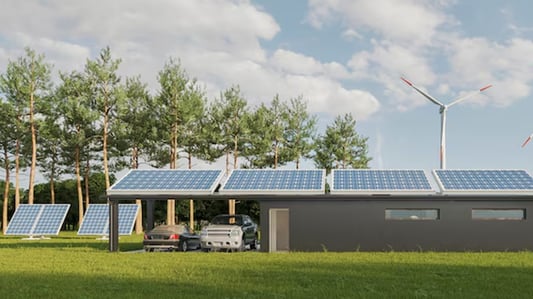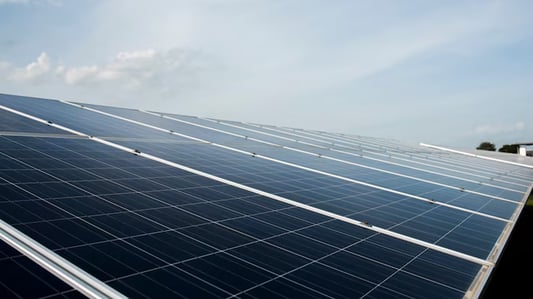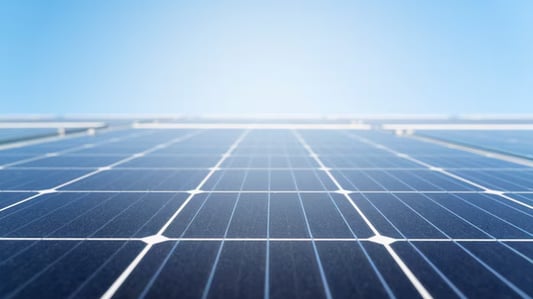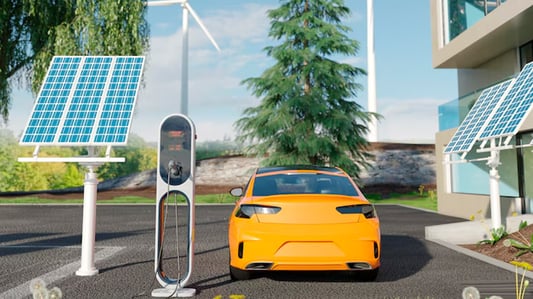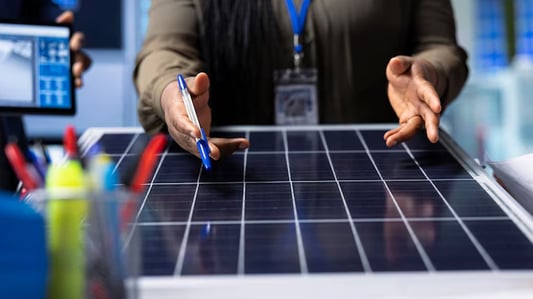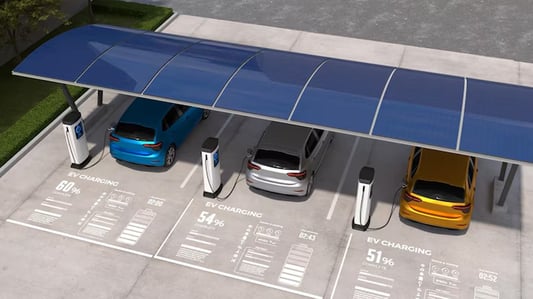What is rooftop solar racking?Rooftop solar racking, also known as mounting systems, is the framework that holds solar panels in place on the roof of a building. It is an essential component of a rooftop solar system, as it ensures that the panels are securely installed and positioned for optimal energy production.Types of Rooftop Solar RackingThere are several types of rooftop solar racking available, including ballasted, penetrating, and shared-rail systems. Each type has its own advantages and disadvantages, depending on the specific needs of the building and the solar installation.Benefits of Rooftop Solar RackingRooftop solar racking offers numerous benefits, such as maximizing the space on the roof for solar panels, providing ventilation to help cool the panels and improve their efficiency, and allowing for easy maintenance and cleaning of the panels.Factors to Consider When Choosing Rooftop Solar RackingWhen choosing rooftop solar racking for a solar installation, it is important to consider factors such as the type of roof, the size and weight of the solar panels, the orientation of the building, and the local weather conditions. These factors will help determine the best type of racking system for the specific project.Installation Process of Rooftop Solar RackingThe installation process of rooftop solar racking typically involves securing the racking system to the roof, mounting the solar panels onto the racking, and connecting the panels to the electrical system of the building. Proper installation is crucial for the efficient and safe operation of the solar system.Maintenance and Durability of Rooftop Solar RackingRooftop solar racking is designed to be durable and long-lasting, but regular maintenance is still necessary to ensure the continued performance of the solar system. Periodic inspections, cleaning, and repairs are important to prevent any issues that could affect the efficiency of the solar panels.Cost Considerations for Rooftop Solar RackingThe cost of rooftop solar racking can vary depending on the type of system, the size of the installation, and any additional features or accessories required. It is important to consider the long-term benefits and energy savings of the system when evaluating the cost of the racking.Environmental Impact of Rooftop Solar RackingRooftop solar racking is a sustainable and environmentally friendly energy solution, as it harnesses the power of the sun to generate clean electricity. By installing rooftop solar panels with the proper racking system, building owners can reduce their carbon footprint and contribute to a cleaner environment.Regulations and Codes for Rooftop Solar RackingThere are specific regulations and building codes that govern the installation of rooftop solar racking to ensure the safety and reliability of the system. It is important to work with a qualified solar installer who is knowledgeable about these codes and can ensure compliance with all requirements.Future Trends in Rooftop Solar RackingAs technology continues to advance in the solar industry, new innovations in rooftop solar racking are emerging to improve the efficiency and performance of solar systems. Future trends may include smart racking systems, integrated solar tiles, and enhanced tracking capabilities to maximize energy production.Quote Inquirycontact us



